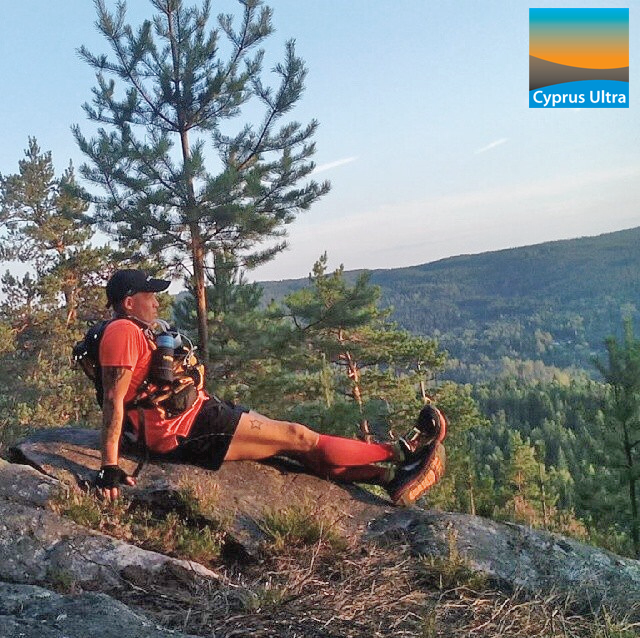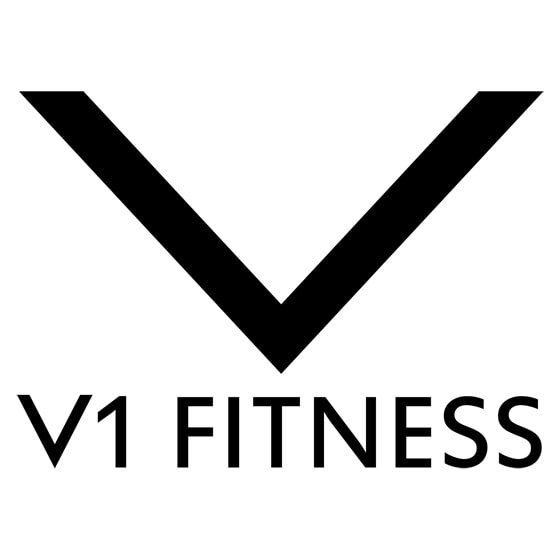|
There is nothing quite like starting your long run in pain. Not all muscle pain is equal; you need to work out why you are having this pain in the first place. Are you suffering from DOMS - delayed onset muscle soreness? May be a little slow movement will help you recover from this. Does the muscle soreness diminish as the run progresses? Perhaps the pain is more serious and it does not ease off with movement? It could be that the soreness can be tolerated if the intensity of the run is decreased? All of these things need to be taken in to consideration. DOMS - When was your last training session and have you had enough recovery time? A demanding training schedule is often a very rewarding and progressive one, but without adequate time to recover, you will halter your progress. Make sure you vary the programme - factor in different tempos and distances. Remember that your fitness needs time to develop and your muscles need time to recover. Training too hard without time to recover makes you more susceptible to injury too. There is nothing worse and demoralising than having your training programme interrupted by injury. Moving is soothing - Yes, a little light movement helps your muscles to recover. The muscle fibres become more pliable. Your range of movement is assisted. The pain is literally eased and teased out of your body. Your circulation is improved and you help the healing hormones travel through your body - assisting repair and flushing oxygenated blood through your system. Do not over do it though. Moving too fast and taxing the body too heavily when it is tired can make you more prone to injury. Learn when to push it and when to be kinder to yourself. Ouch, moving makes it worse - This is key. I hear so many athletes boast that when they have a sports injury they 'run through it'. This may be something that you get away with at certain times, but serious injuries do not respond to ignoring pain signals and pushing through. After all, the pain response is there for a good reason! So, even if a runner appears to have everything you want - speed, endurance and a whole host of top placings in large races, believe me that this does not make them qualified to offer sports injury advice - especially of the 'run though the injury' type! Do remember, if your pain or discomfort does not ease off with gentle movement, becomes more intense with movement or becomes worse afterwards, this is the big clue that you need rest up and get help. I can still run with the pain if I run slower or less - Moving is good. Making things worse is bad. If you can still run through a little light discomfort by dropping your speed and distance, go for it. The aim is to keep moving without exacerbating the condition. Moving keeps your muscles and joints healthy. Not moving makes us stiff and leads to a loss of conditioning. Find the happy medium between something and nothing and gradually increase distance and speed as your body allows. So, next time your muscles hurt on a long run, have a good think about where that pain has originated from. Your aim is to keep injury free. You can do so much more with your sporting life injury free. Nobody wants to be a one-hit wonder. Your body deserves to be looked after. Keeping your body safe is much more mentally rewarding in the long run! Eva Evangelou, BA Hons, PGCE, Adv Dip Sp Ed, IFA Dip, ITEC Dips, has been a body worker since 2004. She is the Author of the Published book, 'Say No! To Neck and Shoulder Pain' and is the owner of Limassol Sports Massage - a busy Sports Injury Clinic in Limassol. Comments are closed.
|
Categories
All
|
YOUR LOGO HERE - SPONSOR THE GREATEST ULTRA RUNNING CHALLENGE IN CYPRUS
|
Cyprus Ultra Marathon, Vasa Kellakiou, Limassol hills. Est. 2011.
Vasa kellakiou/sanida/kalavasos 21km loop created by Michael Rivers. |
First ultra marathon in cyprus to accept BTC
|
World's first vegan ultra marathon
|











